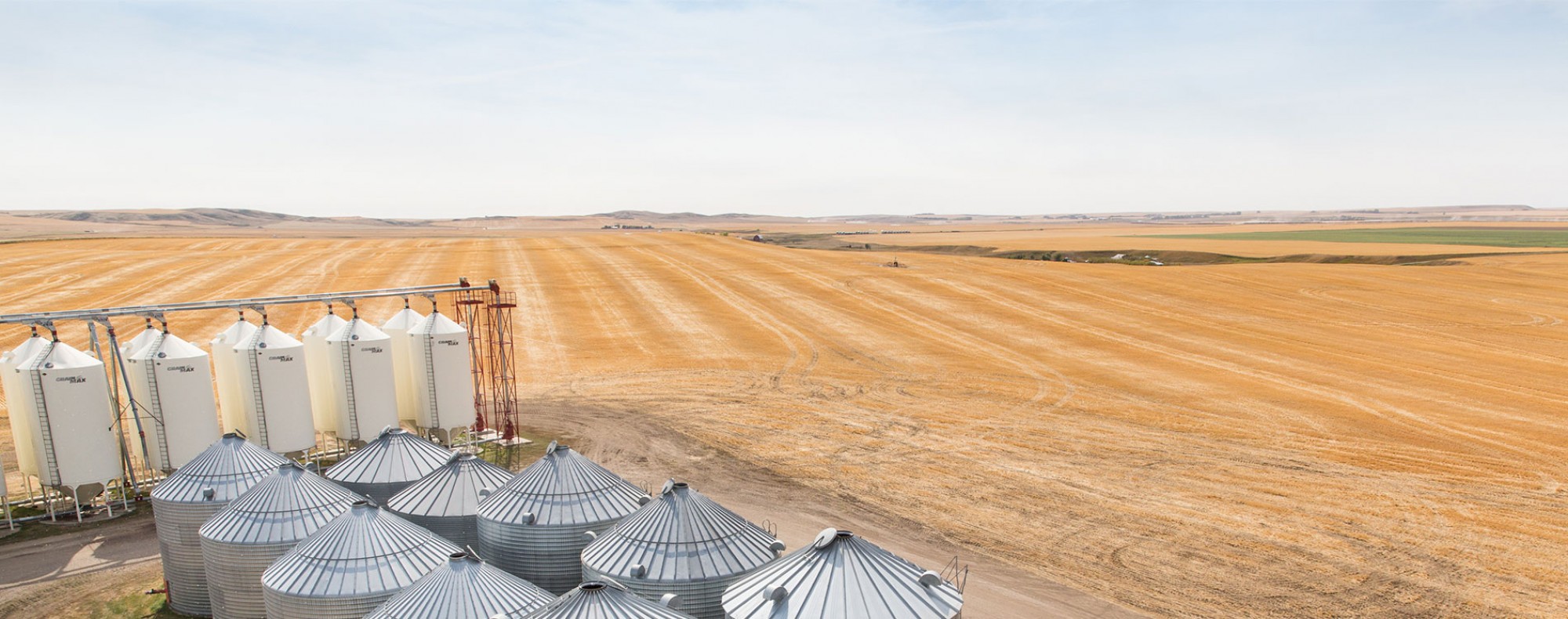Scald-resistance gene mapping and breeding
This Barley Research Cluster project was funded by Alberta Barley in collaboration with the Atlantic Grains Council, the Brewing and Malting Barley Research Institute, Rahr Malting and the Western Grains Research Foundation via the AgriInnovation Program.
Project lead: Dr. Aaron Beattie, University of Saskatchewan
Start Date: April 2014
End Date: March 2018
Alberta
Barley’s contribution: project management
Total funding from other
partners: $96,052
Benefits
for barley farmers:
This
project will produce malt and feed barley varieties with improved scald
resistance (a disease that impacts many Alberta farmers) and improve the
financial return of growing barley. Such varieties will contribute to a
more stable supply of malting feed barley grain for both the malting and
brewing industry and feed industry.
Summary:
The objectives of this project are to evaluate and map several barley scald
resistance genes and to create molecular markers for effective scald resistance
genes for use in genetic selection.
Results:
The goals
of this project were to produce malt and feed barley varieties with improved
scald resistance (a disease that impacts many Alberta farmers) and improve the
financial return of growing barley. Such varieties will contribute to a
more stable supply of malting feed barley grain for both the malting and
brewing industry and feed industry.
Five bi-parental barley populations, each segregating for different scald resistance sources, were used for QTL mapping to identify markers linked to the 5 different sources of scald resistance present in these populations. A single QTL was identified in each population, with QTL being located on chromosomes 3H (TR05384 x Laurel), 4H (TR07110 x 261G2) and 3 co-located QTL on 6H (TR08116 x 145L2, CDC Austenson x RP41T1, CDC Meredith x RP40Y5). TaqMan assays were developed for each resistance.
Exome capture was conducted on the three populations with resistance genes (RP41T1, RP40Y5, 145L2) co-located on chromosome 6H. A bulked-segregant approach was used with the exome capture which returned an average of 22 million 130 nucleotide-long sequence reads (2.9 billion nucleotides) per genotype. The “coding” region of the barley genome comprises approximately 61 megabases, suggesting a sequencing depth of 45X.
An examination of genes captured within the narrow interval surrounding RhNZ6SNP7 (the TaqMan marker underlying the QTL peak for these three resistance genes) revealed the presence of two NBS-LRR (nucleotide-binding region; leucine-rich repeat) type genes which are often implicated in plant disease recognition/response (several genes have been identified to date in barley). The two genes (HORVU6HrG010720 and HORVU6HrG010730) are located adjacent to each other in the assembly. In addition, marker RhNZ6SNP7 is located within HORVU6HrG010730. Both genes may be considered “candidates” for the three scald resistances.
Over the course of this project, we were able to develop high-throughput TaqMan molecular marker assays linked to five different scald resistance genes located at three different locations within the barley genome. These markers will make the selection and incorporation of scald resistance into future varieties more efficient and cost-effective for barley breeders. As evidence of this, we were able to register CDC Copper (TR14150), a two-row malting barley line that shows very good yield potential, strong straw and very good malt quality. This line also carries excellent scald resistance, derived from the 145L2 scald resistance source, which was selected using one of the TaqMan assays developed. This is the first malting variety released in Canada with excellent scald resistance. We hope that this line will provide better returns to growers who are involved with malting barley production in Alberta and western Saskatchewan where scald is more of an issue.
